Holy Week is the spiritual center for the Christian religion. But for increasing numbers of people, it’s dogmatic and sectarian emphasis, and it’s appeals to supernaturalism, is not only off-putting, it’s downright offensive.
Alas.
The critique from outside the church is valid and important. But it also misses and dismisses the way religion is a necessary artifact of the human need to explore, experience, and interpret That-Which-Cannot-Be-Described through any concept or language. Religion cannot contain the Ineffable, it cannot explicate the Non-rational, that which is always Bigger than we are. But, through its metaphors, myths, rituals, poetic language, and practices, it can serve as a time tested pathway to a more robust human life that’s able to foster an evolution in consciousness, a transformation in behavior, and a better humanity (that, yes, despite all the evidence to the contrary—there are awful things religious people have done; but, let’s be honest, the same’s true for non-religious people). And there’s growing dialog about what the loss of religion is dong to us all. See recent essays here and here.
That said, I find this poem by Naomi Shihab Nye to be a non-religious way to describe what Good Friday (loss), Holy Saturday (suffering), and Easter Sunday (discovery) aim to do to us. In religious language, this is one of the things the Great Three Days, the Triduum, is supposed to do for the world.
It shouldn’t take too much of your imagination to consider the ways the religious metaphors common to the Triduum, loss/suffering/discovery, intersect the ordinary metaphors of the same you’ll find in the poem.
So why opt for old fashioned and scientifically naive religious lore when you can have relevant stuff like this?
Why not both? Why not a complementarity?
Language is always insufficient for the task of describing Big things. To speak of the experience that cannot be spoken we need poetry, metaphor, myth, and ritual. We need more, not less, to awaken us to wonder. That’s what art is for. And religion, when not absolutist, has always inspired art, and therefore, our encounter with really Big things.
KINDNESS
by Naomi Shihab Nye
Before you know what kindness really is
you must lose things,
feel the future dissolve in a moment
like salt in a weakened broth.
What you held in your hand,
what you counted and carefully saved,
all this must go so you know
how desolate the landscape can be
between the regions of kindness.
How you ride and ride
thinking the bus will never stop,
the passengers eating maize and chicken
will stare out the window forever.
Before you learn the tender gravity of kindness,
you must travel where the Indian in a white poncho
lies dead by the side of the road.
You must see how this could be you,
how he too was someone
who journeyed through the night with plans
and the simple breath that kept him alive.
Before you know kindness as the deepest thing inside,
you must know sorrow as the other deepest thing.
You must wake up with sorrow.
You must speak to it till your voice
catches the thread of all sorrows
and you see the size of the cloth.
Then it is only kindness that makes sense anymore,
only kindness that ties your shoes
and sends you out into the day to mail letters and purchase bread,
only kindness that raises its head
from the crowd of the world to say
It is I you have been looking for,
and then goes with you everywhere
like a shadow or a friend.
